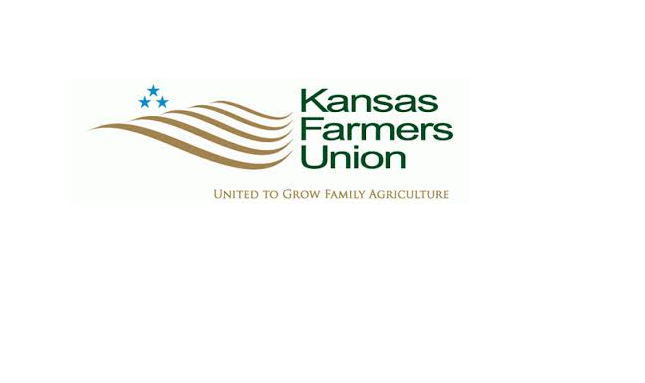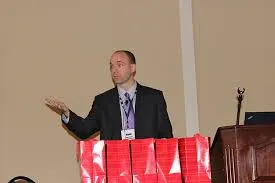McPHERSON, KS – Kansas Farmers Union (KFU), a group of county Farmers Union chapters, and the Kansas Beginning Farmers Coalition (KBFC) are hosting four state budget education presentations featuring former state budget director, Duane Goossen during the month of September. All presentations are open to KFU members and the general public.
Goossen, a former member of the Kansas House of Representatives (1983-1997), served as state budget director for 12 years in the administrations of three governors – Republican Bill Graves and Democrats Kathleen Sebelius and Mark Parkinson. He was appointed by Sebelius in 2004 to concurrently serve as Secretary of the Kansas Department of Administration, the agency that manages state facilities, accounting, information services and employee programs, and during that time chaired the Kansas Health Care Commission.
More recently, he served as Vice President for Fiscal and Health Policy for the Kansas Health Institute, overseeing KHI’s research and analysis of state fiscal policy, health reform, and other health policy issues. Drawing on his long experience in both Republican and Democratic administrations, Goossen currently writes and speaks with news reporters, civic organizations, and other Kansans on issues related to the Kansas budget.
“Spending too much can certainly drive a budget out of balance. However, the income side of the equation has equal importance,” Goossen says. “A dramatically sharp revenue decline in Kansas has destabilized the state’s finances. Even though spending has been reduced in many areas, the state spent hundreds of millions more than it received in FY 2014 (July 1, 2013, to June 30, 2014), and will do so again in FY 2015, emptying the state’s bank account.”
Information like this is concerning, to say the least, and Kansas Farmers Union would like Kansans to have the opportunity to hear Mr. Goossen’s historical knowledge about our state’s finances and current financial situation. “The goal in hosting these presentations is to educate our citizens on the impact recent decisions may have on rural property taxes, services, and the future of our state, especially in regards to our rural schools,” says KFU President Donn Teske. “KFU is concerned about the effect this deficit will have on its members, the farmers and ranchers across rural Kansas, and is eager to know how the Kansas Legislature will remedy the issue in the next legislative session and beyond.”
Four locations have been selected for the presentations:
McPherson, KS: Thursday, September 18, 6:00-8:00 PM – hosted by KFU and McPherson County Farmers Union at Perkins Family Restaurant & Bakery meeting room, 2111 E Kansas Ave.
Lawrence, KS: Monday, September 22, 7:00-8:00 PM – hosted by KFU and Kansas Beginning Farmers Coalition at Lawrence Public Library Auditorium, 707 Vermont St. Convenient parking is located south of the library in the new parking garage. Light refreshments will be served, but an evening meal will not be part of this presentation. We invite you to patronize one of the local downtown Lawrence dining establishments prior to or following the presentation.
Seneca, KS: Wednesday, September 24, 6:00-8:00 PM – hosted by KFU and Nemaha County Farmers Union at Windmill Inn Restaurant & Lounge meeting room, 603 N. 4th St.
Belleville, KS: Thursday, September 25, 6:00-8:00 PM – hosted by KFU and Republic County Farmers Union at Bel Villa Restaurant meeting room, 213 U.S. Hwy 36
All presentations are open to the public. A “Dutch treat” meal will be served at the McPherson, Seneca, and Belleville locations at 6:00 PM with Goossen’s presentation at 7:00 PM, followed by questions and wrap-up by 8:00 PM. Due to no meal service at the Lawrence Public Library, the meeting will start at 7:00 PM.
Please contact Nick Levendofsky at (785) 527-0941 or [email protected] at least three days prior to the meeting date if you plan to attend the presentation and/or eat so KFU can assist staff in meal planning and room/seating accommodations.




